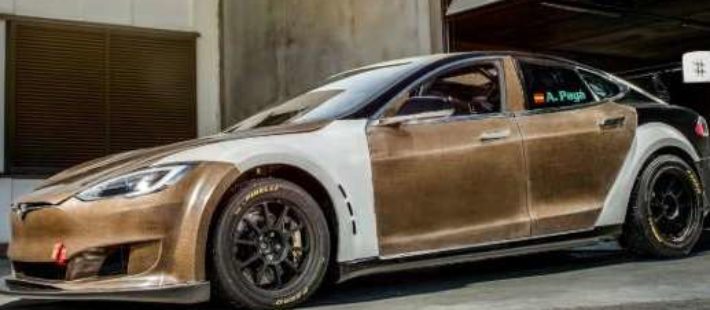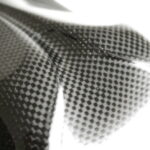The global natural-fiber composites market was estimated at $ 4.46 billion in 2016. It will probably record an annual growth rate (CAGR) of 11.8% from 2016 to 2024. Among the key factors that strengthen the market growth there is:
- Dizzying demand for lightweight products coming from the automotive industry
- Growing awareness of green products
However, the moisture sensitivity of these materials is bound to hinder this growth.
Natural fibers
Natural fibers are bio-based materials made from products such as wood, cotton, linen, kenaf, and hemp. All of these are less harmful to the environment and easily available. The raw materials used for the production of natural fiber composites are environmentally friendly and have the potential to replace synthetic fibers for the coming years.
The growing awareness of green products, the increase in consumer disposable income, the growing trend in eco-friendly products and the urgent spread of recyclable products are likely to play a fundamental role in the growth of this market.
Properties of natural-fiber composites
Natural-fiber composites (NFC, or Natural Fiber Composites) are 25 to 30% stronger than glass fibers of the same weight. Composites made of natural fibers also help to reduce the weight of components, thereby reducing total energy consumption.
Applications
NFC are mainly used in the automotive and construction industries to manufacture door panels, seat backs, dashboards, truck liners, headliners, decking, railing, windows, and frames.
NFC molding process
Finally, the NFC molding process consumes less energy than fiberglass molding, reducing manufacturing costs by 10%. However, their sensitivity to moisture and weak binding to polymer matrices could hamper their growth prospects. As they absorb moisture, which results in fibers swelling, their application in the automotive industry is effectively limited to car interiors.
Source:
JEC Composites
Grandviewresearch














